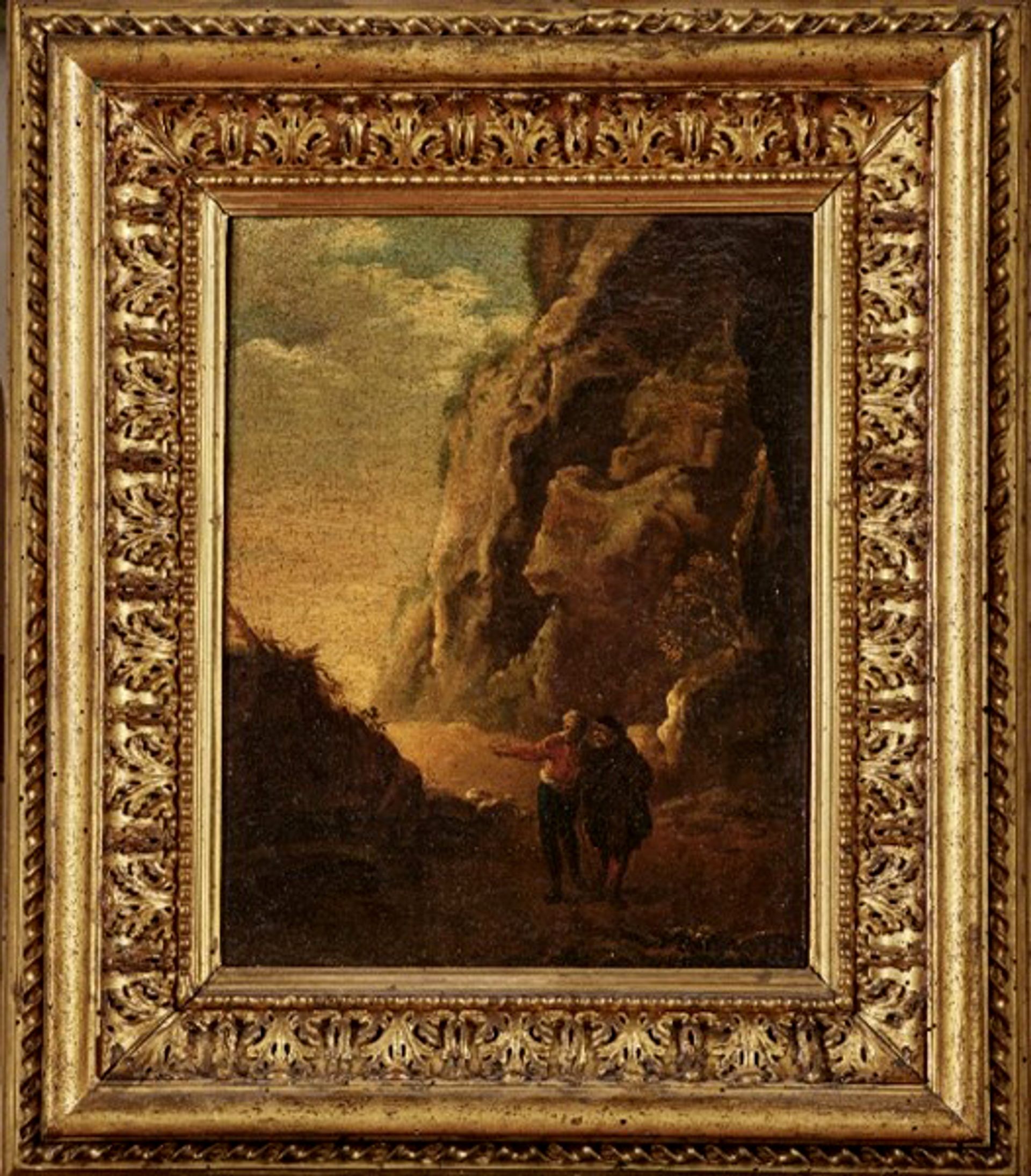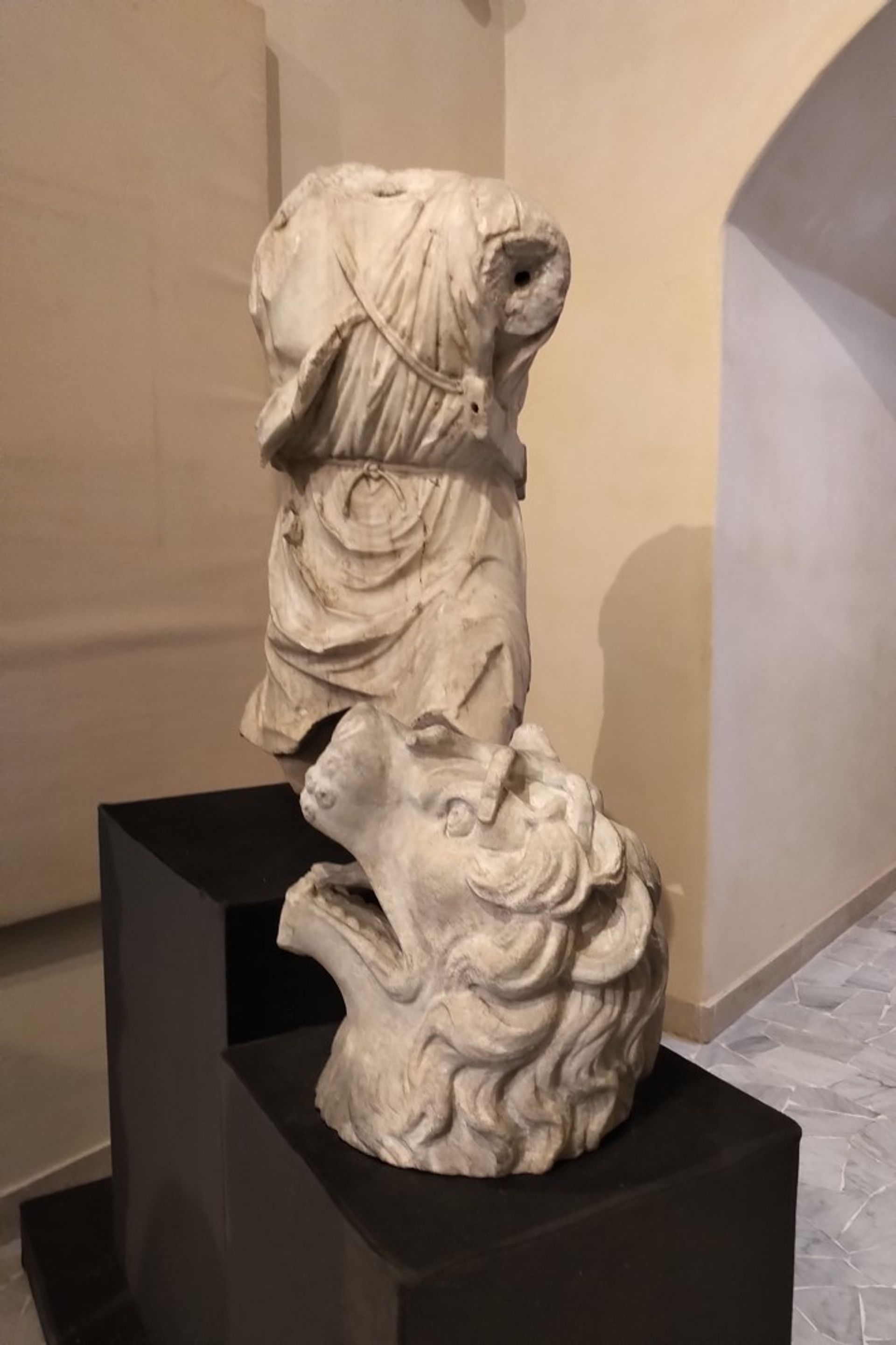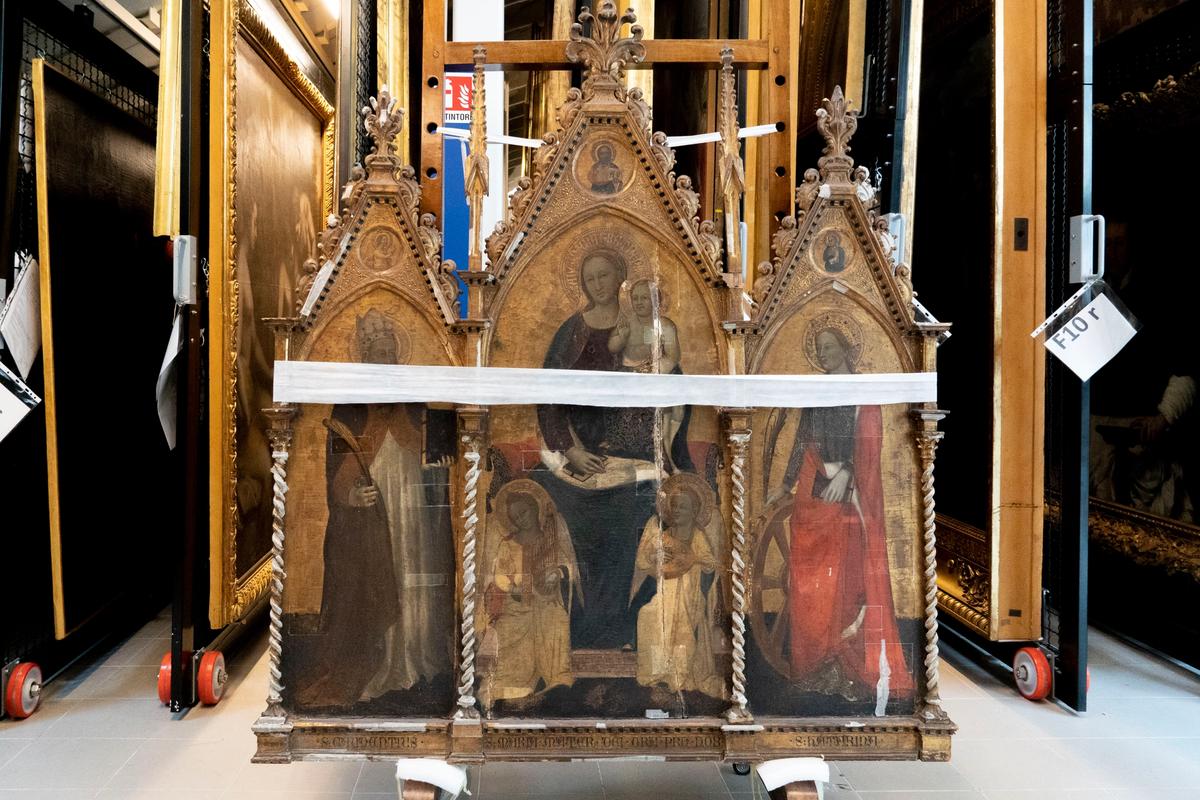In efforts to decentralise its vast state-owned heritage, Italy will dust off 100 paintings, sculptures and archaeological artefacts stashed away in museum storage facilities and redistribute them more evenly across the country through a series of loans.
As part of the so-called “100 opere tornano a casa” (One Hundred Works Return Home) project, works from 14 of Italy’s most prestigious state-run museums—including Florence’s Uffizi Galleries, Milan’s Pinacoteca di Brera and Naples's National Archaeological Museum—will soon enrich the collections of less well-known state museums located up and down the peninsula.
The aim is to reacquaint the public with long-forgotten artistic gems, many of which have historical ties with the territories where they will be shown. “Only 10% of Italy’s heritage is currently displayed,” the spokesman for Dario Franceschini, Italy’s culture minister, tells The Art Newspaper. “We are making our smaller museums a little bigger, and encouraging more people to visit them in the process.”

Salvator Rosa's landscape painting has been transferred to the National Museum in Matera Image: courtesy of the Italian ministry of culture
The project commenced on Saturday, when two landscapes by the baroque artist Salvator Rosa (1615-1673) were transported from Rome’s National Gallery of Ancient Art to the National Museum in Matera. Yesterday, six paintings by 16th- and 17th-century artists, including Giovanni Baglione and Cristoforo Roncalli, were relocated from Milan’s Pinacoteca di Brera to the Marche National Gallery in Urbino and the Palazzo Altieri in Oriolo Romano.
A total of 36 works will be relocated throughout this week and early next year following the Christmas break. Meanwhile, ministry officials and museum directors are finalising decisions about which pieces to include in the second batch of works that will be redistributed from next spring, the spokesman says.
The project has been in the pipeline since 2015, when ministry officials and museum directors began compiling a database of 3,652 works from 90 state museums that were deemed suitable for relocation. The ministry has allocated €1m to pay for the restoration of some of the 100 works, transportation fees and the reorganisation of museum displays to accommodate relocated works.

The Gladiator Killing a Lion will move to the Villa Giustiniani in Bassa Romano Image: courtesy of the Italian ministry of culture
Italy’s state run museums currently have around 480,000 works on display compared with 4.5 million in storage facilities, according to ministry data. The redistribution initiative could eventually be extended to include thousands of works, the ministry spokesman says.
Many of the initial 100 works will be returned to the territories where they once adorned noble villas or churches. The sculptural group The Gladiator Killing a Lion —which comprises a Roman torso of Mirtha that the Getty Museum restituted to Italy in 1999, and a lion’s head recovered by Carabinieri in 2016—will be moved from the archaeological park of Ostia Antica to the Villa Giustiniani in Bassa Romano, where it once decorated a pond.
As part of the project, the ministry and Rai, Italy’s national public broadcaster, will produce a documentary series recounting the restoration and relocation of some of the 100 works. Shooting for the main 50-minute episode and 13 20-minute mini-episodes has already begun. The series is due to go live in the spring of 2022.


